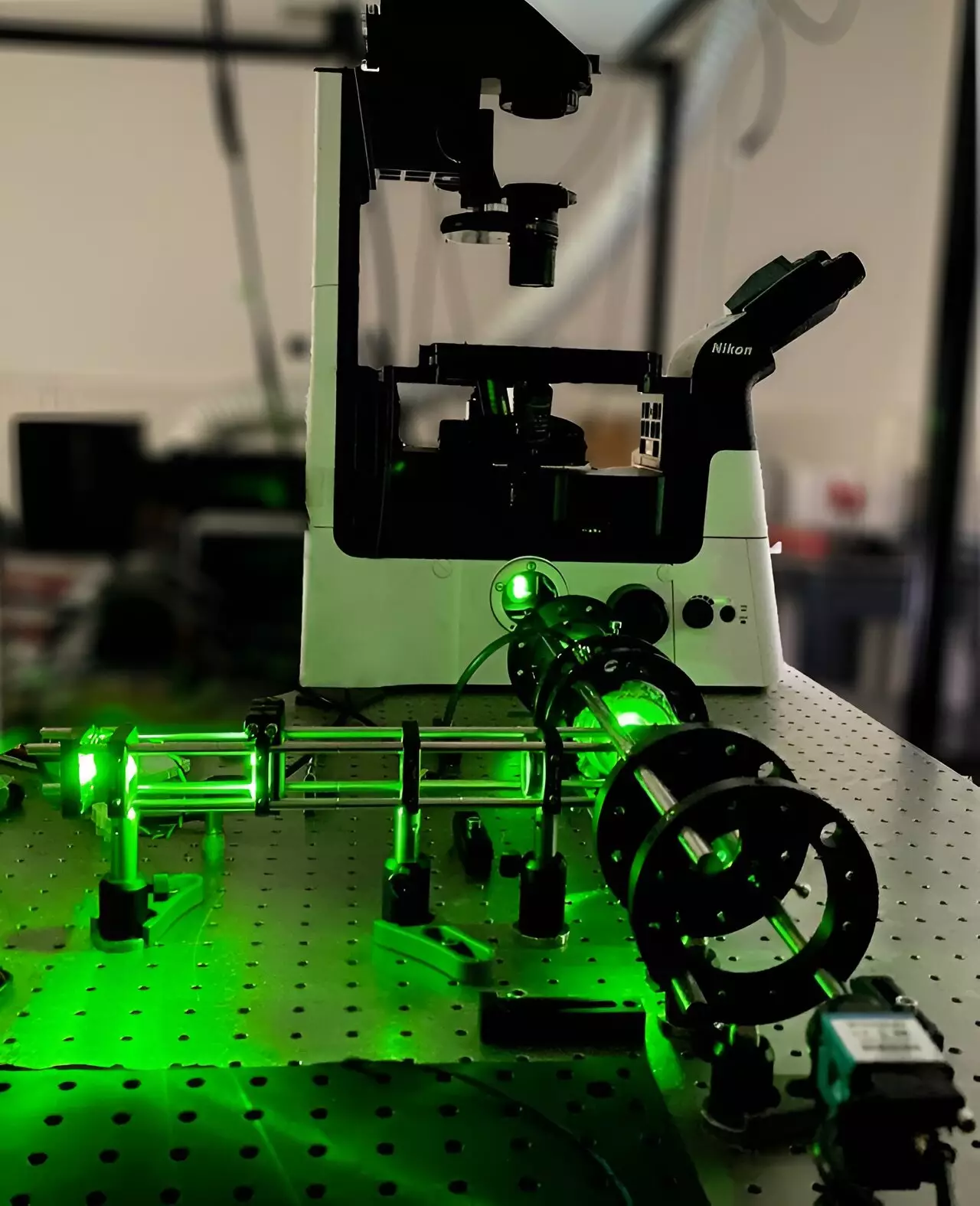Optical profilometry has long been a critical technique in various industries, from quality control to scientific research. The recent collaboration between experts from the University of Barcelona and Sensofar Tech has led to a groundbreaking development in this field. The innovative technology designed by this team allows for the quick, accurate, and non-invasive acquisition of three-dimensional images of study samples. This new system surpasses the performance of current technological systems in identifying and recognizing objects in 3D, providing unparalleled speed and spatial resolution.
The implications of this new technology are far-reaching. Not only does it enhance quality control processes in industrial settings, but it also opens up possibilities for scientific research on micro- and nanostructures. The system’s ability to operate at the micrometer scale on relatively large samples in real-time, up to 60 topographies per second, sets it apart from existing technologies. This capability enables the characterization of dynamic processes that were previously impossible to capture in 3D, such as the rapid movement of small devices.
Central to the innovation is the intelligent interrogation of the sample, a departure from traditional methods of acquiring profiles plane by plane. By asking multiple planes simultaneously, the number of required images is drastically reduced, from hundreds to just a few. This streamlined approach not only speeds up the data acquisition process but also enhances the precision and accuracy of the collected information. The system’s rapid scanning and synchronization of pulsed light play a crucial role in achieving high data acquisition rates, overcoming technical obstacles that were previously challenging to address.
The implementation of an ultrafast liquid lens for fast scanning and an in-situ programmable gate array for synchronization highlights the technological advancements that underpin this new system. The collaboration between academia and industry, as demonstrated in this study, holds promise for further improvements in optical profilometry. The team’s ongoing work on integrating light pattern projection into other types of profilometers suggests a continued evolution in this field. By intelligently interrogating samples, current systems can be further enhanced to characterize 3D samples with unprecedented accuracy and speed.
The partnership between the University of Barcelona and Sensofar Tech has paved the way for a transformative advancement in optical profilometry. The new technology not only improves efficiency and accuracy in various industries but also extends the possibilities for scientific research and development. With its ability to capture 3D images rapidly and non-invasively, this innovation marks a significant milestone in the evolution of imaging technologies. As the team continues to refine and expand upon this breakthrough, the future of 3D imaging looks increasingly promising.


Leave a Reply
You must be logged in to post a comment.